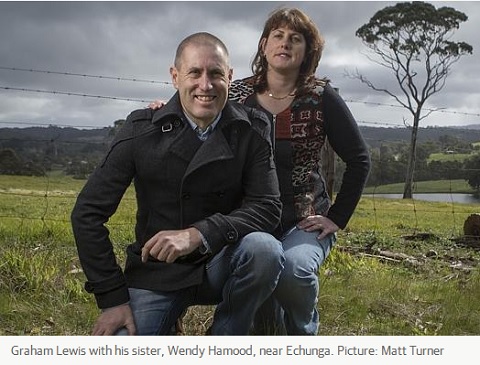Manopause! [Aging, insecurity and the $2 billion testosterone industry]
By David Von Drehle – Time Magazine – August 2014 Edition
An interesting article was written in Time Magazine this month providing the pros and cons of testosterone therapy. Here is just a snapshot of some of the points covered. To read the full article you will need to login, subscribe or buy Time Magazine. See link below.
It happens without warning. Pizza and beer that once burned away quickly begin to cling to the belly. Aches and pains that used to vanish overnight linger a few days, then a few weeks, then forever. The eyes start to blur. The ears muffle. Legs lose their spring. Cells mutate and cancers activate. Most distressing for many men, one’s manhood itself changes. Once as eager as a Labrador puppy to jump up and play, more and more it resembles an old dog that would rather nap than fetch.
To quote T.S. Eliot, “time the healer is also time the destroyer.”
In 1939, two scientists shared their work in isolating and identifying testosterone. Move on seven decades later and yearly U.S. sales alone of testosterone equated to $2.4 billion in 2013. Projections for 2018 are $3.8 billion. When it comes to testosterone therapy there are many studies out there to back up both sides of the argument. Some Doctors fear that testosterone could inflame undetected tumors or bring on heart attacks Testosterone is believed to accelerate the growth rate of known prostate cancers, and suppressing the hormone is a standard part of treating advance cases of prostate disease. However, several small samples of cancer patients who have tried T drugs have not found an appreciable increase in risk. Again, no large-scale clinical trials have been conducted. The risk of pulmonary embolism – in which blood clots lodge in the lungs may increase. A team led by Jacques Baillargeon of the University of Texas Medical Branch at Galveston found no elevated risk of heart attack. No matter what you think of testosterone therapy, some scientist somewhere has data to back up the pros and the cons.
In a randomized, double-blind test of 30 men, they gave T shots to some of the subjects and harmless sesame-oil injections to the others. All the test subjects were experiencing depression, and erectile dysfunction. Many of them reported improvements in their mood and function after treatment. But the doctors found no statistically significant difference in the progress of the T takers over the placebo group. Whether real or fake, the injections had the same effect on the patients.
Which is not to say testosterone is all in the mind. High doses of male hormones produce physical and emotional changes. Just look at the lads at your local high school who sprout from wisps to hulks in a matter of months. At puberty, a rush of testosterone courses through an unsuspecting boy, signaling that the time has come to sprout his beard, swell his muscles, lower his voice and fire his loins. The body responds with a total transformation.
Though not as abrupt or complete as menopause in women, andropause may be a reason older men lose muscle mass and libido and become more prone to weight gain around their middles – all of which are heralded by the low T marketers as symptoms of having low T. Is low T actually the cause of andropause symptoms? Or is it a symptom itself, caused by other factors? Advertisers assure men that dwindling testosterone levels invite belly flab. But some experts argue the reverse is true, that the flab comes first and it is the cause of lower hormone levels and more exercise and a healthier diet will bring the levels up naturally.
Have you considered other reasons you may be experiencing fatigue, low sex drive and other symptoms?” Harvard Men’s Health Watch recently asked: “Do you eat a balanced, nutritious diet? Do you exercise regularly? Do you sleep well? Address these factors before turning to hormone therapy.”
“Testosterone is not a silver bullet,” says Mike Sisk, owner of the Low T Center chain, in the North Texas suburb of Southlake. Sisk reports: “Testosterone makes a guy feel better. He starts working out a little more, drops a couple of pounds. But if you’re going to sit home and drink beer and eat pretzels, this is not gonna help you.”
Testosterone therapy can certainly represent new hope and a fresh start. For the first time in years, the consumer feels happier and more energetic. This can also be said for many health supplements out in the market. Believing that he will feel better, he does. Taking testosterone or a new health supplement can reverse the dismal cycle and soon all sorts of systems, from head to heart to groin, begin operating at a higher level.
Furthermore, the changes that men experience as they age are not simply expressions of hormone levels. Genes and stem cells play a potent role, as do psychology and the environment. Likewise, weight gain happens for all sorts of reasons, and each one demands a different solution.
Sisk puts it this way: “Our dads’ generation went quietly into the night.” He continues, “My generation is not going quietly.”
To read this Time Magazine article in full click the following link:
http://time.com/magazine/us/3062871/august-18th-2014-vol-184-no-6-u-s/







